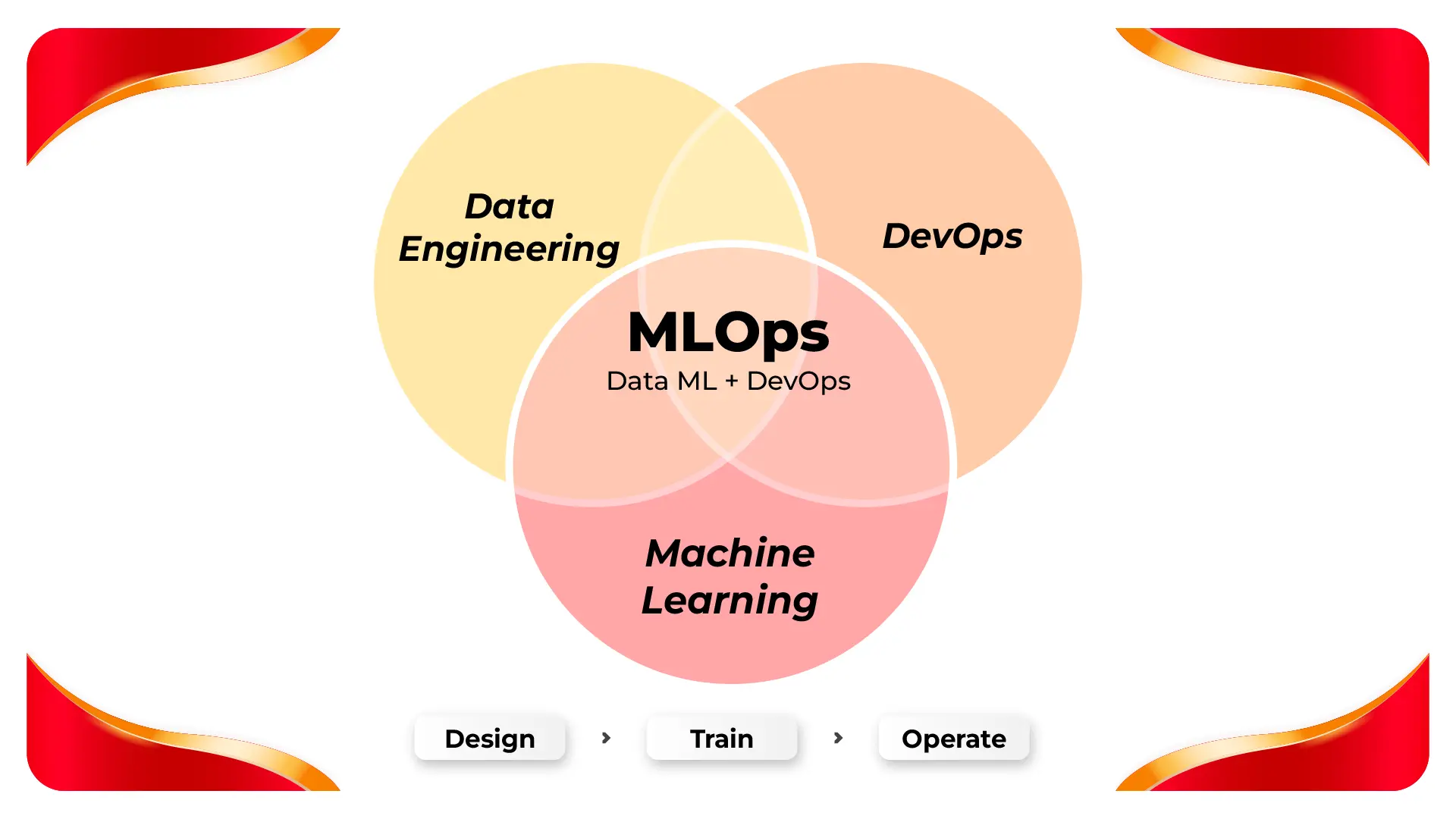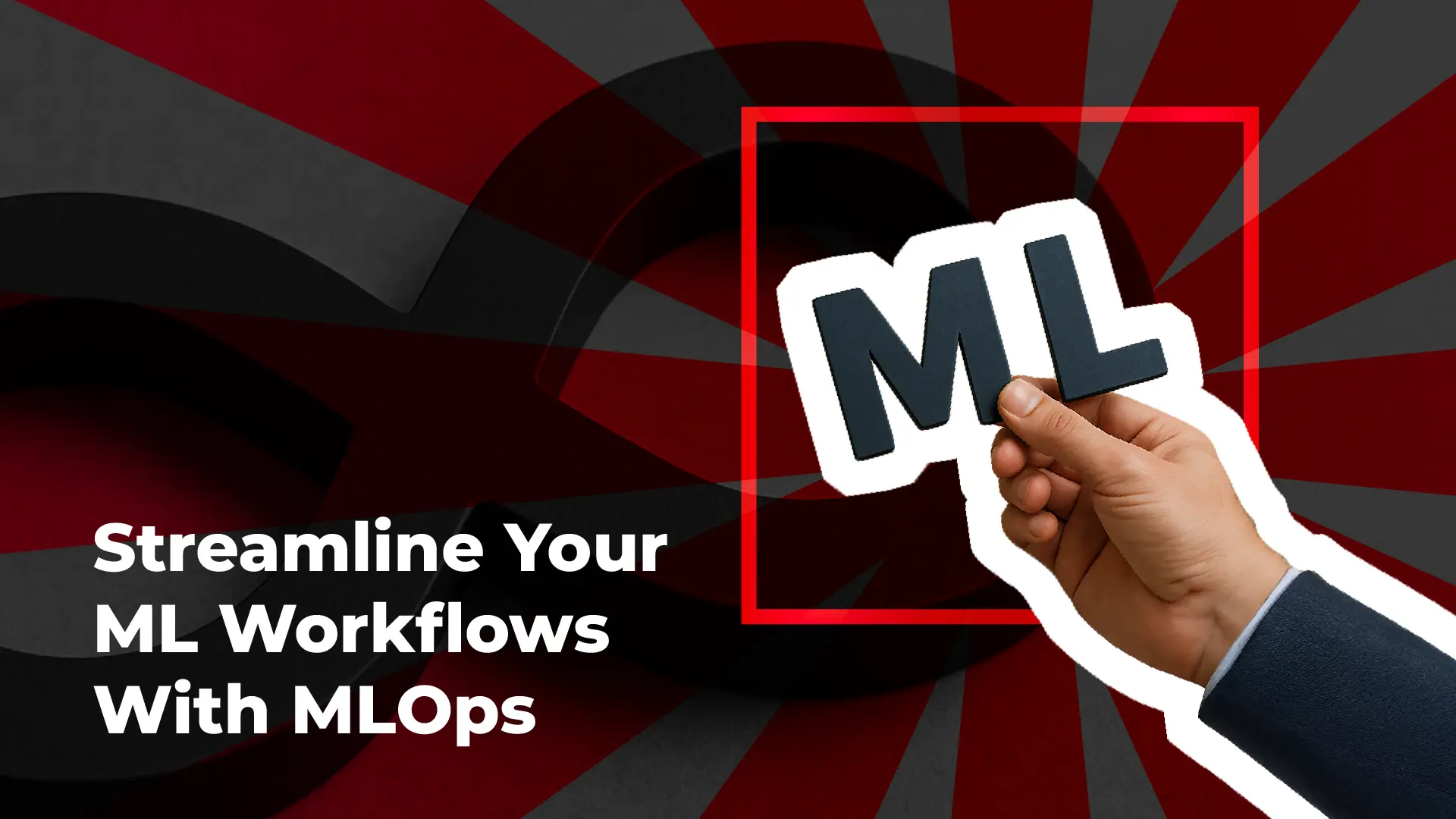As we know, Deep Learning and Machine Learning are part of AI, and the demand for AI has grown significantly as businesses rely on it to execute their projects.
In the middle of rising interest in AI implementation, a new term has emerged: MLOps. In this article, KLIK Group explains what MLOps is and how MLOps works.
Understanding MLOps
MLOps isn’t actually a new concept—the term is adapted from a development methodology called DevOps.
Read More - DevOps 101: Explanation & Its Role in Digital Transformation
What is DevOps?
In short, DevOps is a combination of "Development" and "Operations," referring to a methodology that emphasizes communication and collaboration among project developers. This methodology covers both the development and operational phases of applications.
The primary goal of DevOps is to enable companies to develop and deploy products faster through a continuous process and a collaboration-driven culture.

What is MLOps?
Building on the DevOps concept, MLOps (Machine Learning Operations) extends
DevOps principles and practices specifically to the field of machine learning. Hence, the "Dev" in DevOps is replaced with "ML" to highlight its focus on machine learning processes and to bridge the workflow between ML teams and operations teams.
By understanding the goals of DevOps, we can see that MLOps aims to ensure that models developed by ML teams are deployed efficiently, quickly, and in a continuous development cycle.
MLOps Life Cycle
The MLOps life cycle is a structured methodology for managing machine learning (ML) in production environments.
Stages of the MLOps Life Cycle:
- Model Development
Building ML models based on business needs and data. - Model Evaluation & Experimentation
Comparing model performance and testing with relevant datasets. - Productionizing Model
Preparing the model for deployment and integration. - Testing
Validating performance, scalability, and security before deployment. - Deployment
Releasing the ML model into a production environment. - Monitoring and Observatibility
Tracking the performance of deployed ML models.
This cycle is iterative and continuous, ensuring that ML models remain effective, scalable, and up-to-date in production.

Ready to Transform? Get AI Advantage Now!
With over 11 years of experience in driving Digital Transformation, KLIK Group is ready to take your business to the next level with AI implementation!


RELATED POST
Why DevOps Is Popular in Business
May 12, 2025
DevOps: The Evolution of Application Development
Jul 18, 2024
DevOps 101: Explanation & Its Role in Digital Transformation
Jun 26, 2024